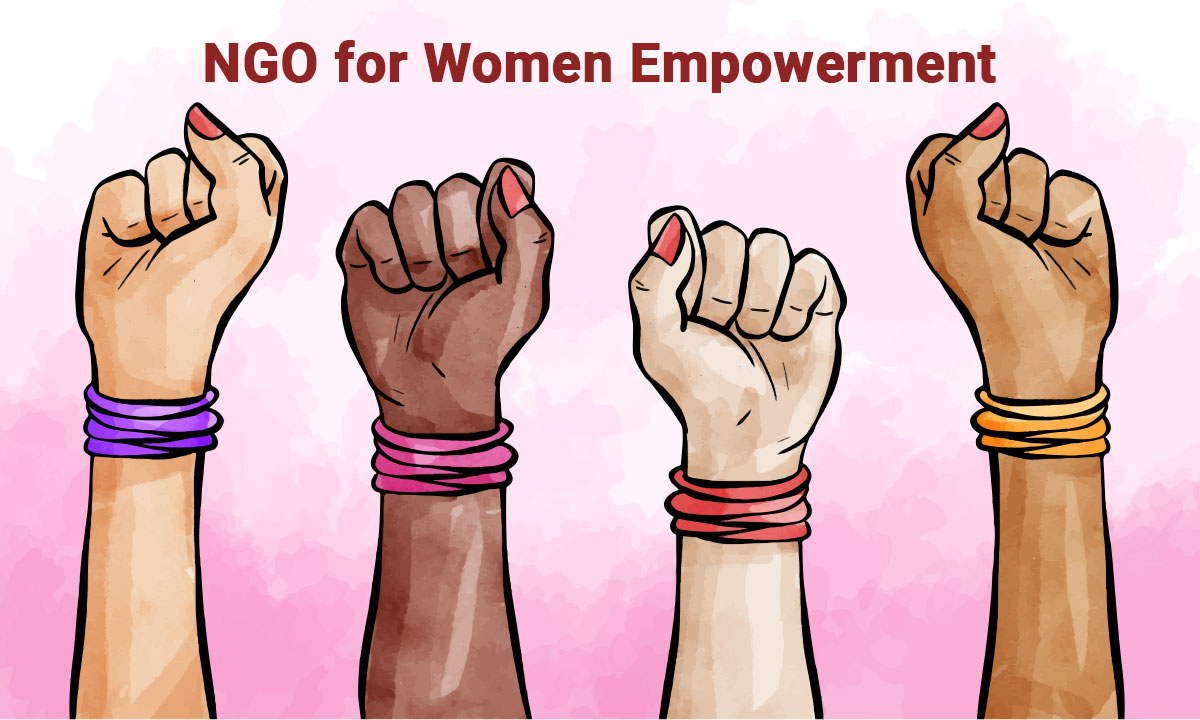To understand this statement better, it’s vital to think and assess what we mean when we talk about women empowerment. Women's empowerment includes the action taken to raise the status of women through education, awareness, literacy, and training. Women's empowerment is about equipping and allowing women to make life-determining decisions freely.
Women’s security, decision-making power, and freedom of movement are three indicators for women’s empowerment. In India, and more so for rural and less educated women, these three indicators are significantly low. The National Family Health Survey (NFHS-4) suggests that 30% of women in India in the age group of 15-49 have experienced physical violence since the age of 15. This is an alarming number and has a direct impact on the right to education of these girls and their ambitions.
We, at Vedant Foundation NGO, took a closer look at the problem at hand. We also looked back on our own experiences on how girls and women were treated in the villages. We observed that girls started feeling they were different once they reached adolescence. The people around them started treating them differently after puberty. This was mainly because of the lack of awareness towards menstruation as a natural and scientific phenomenon. Instead, the topic was considered taboo and no one discussed it openly. This led to shame and inferiority complex developing in girls from an early age.
It also led to an increase in the number of girls dropping out of school because they did not know about menstrual hygiene.
We realised that we needed to reach adolescent girls and teach them menstrual hygiene management and self-defense to help them grow into strong, independent women. They needed to know and understand that menstruation could not clip their wings. They could do everything boys their age could and were allowed to do. This knowledge would create a strong base for their self-confidence and the courage to stand up against an unfair society. They would be able to teach future generations and open up opportunities for many more girls and women. It would also add to their confidence in pursuing opportunities for entrepreneurship and general ease in day-to-day living. The impact would be multi-fold.
“If you educate a woman, you educate a family, if you educate a girl, you educate the future.” – Queen Raina of Jordan
There is enough and more evidence to suggest that educating girls isn’t just good for the girls, it’s good for the entire society. Investment in girls' education may well be the highest return on investment. We work closely with government and semi-government schools to conduct special trainings, especially in girls’ schools. We also provide trainings to improve language skills such as communicative English and employability skills when they complete their education so that these girls feel ready to walk into a workplace.
Every day we try to uncover ways in which we could help the girl child. It is not an easy task and we have faced our share of struggles from authorities who are not open to change. However, with the right information and intention, even the toughest adversary can turn into an ally. We have managed to provide training to 4900+ girl students and have a goal of reaching 1.6 million girls in the state of Gujarat. We envision an India where every girl gets an opportunity to learn and every woman, who wants to earn, gets the opportunities to do so and we are doing our best to make this a reality.

